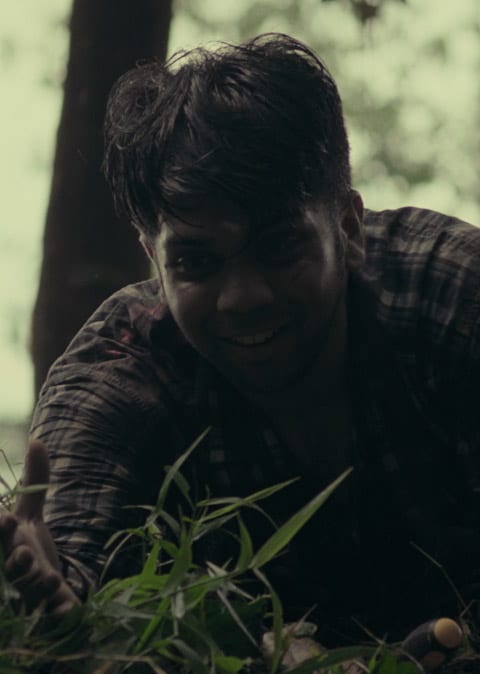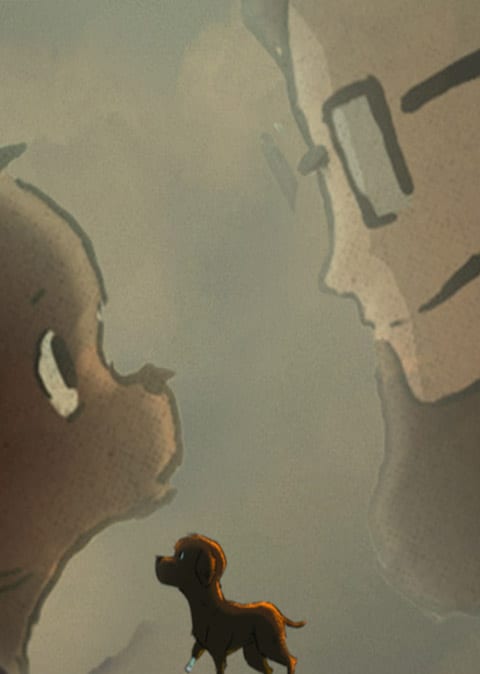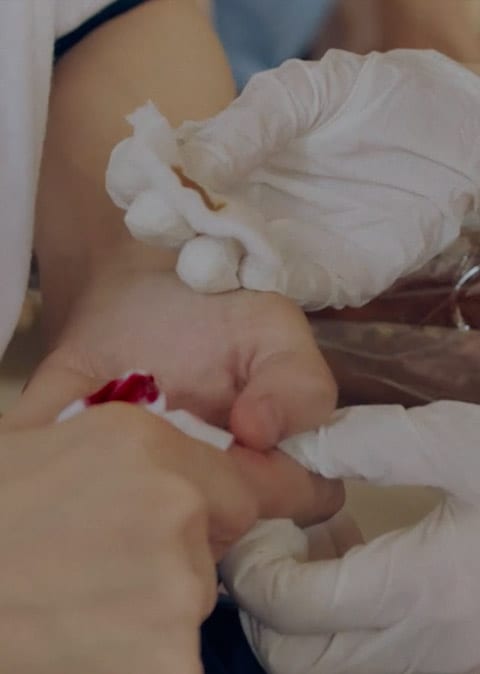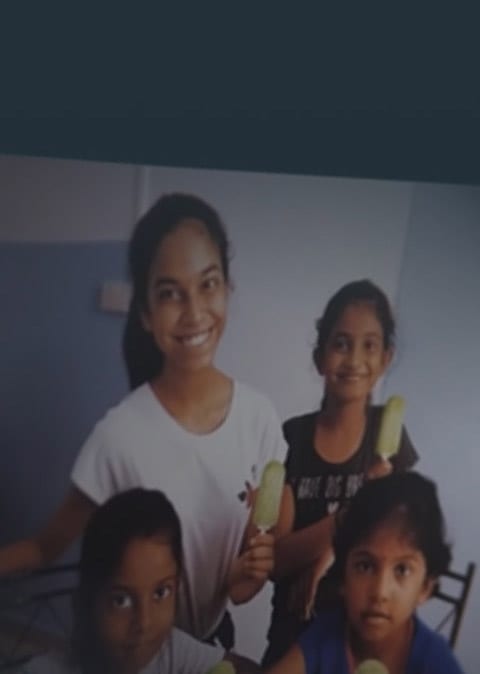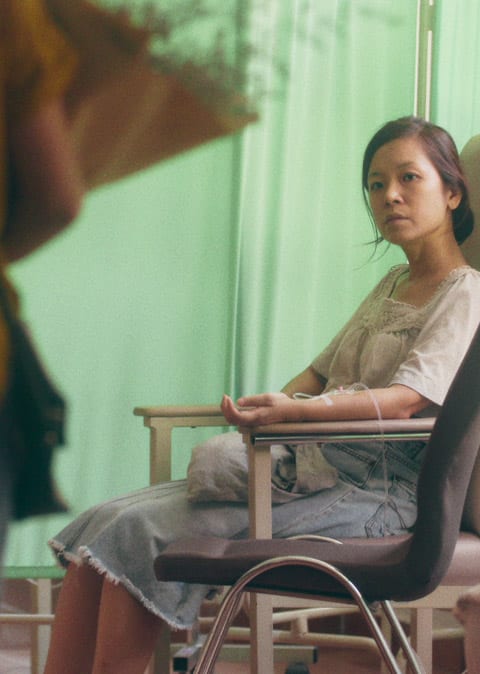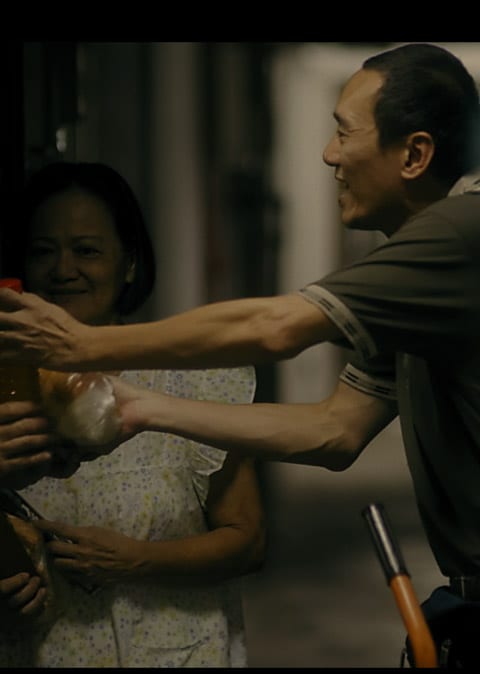When her son took his own life in 2018, Jenny Teo, along with other bereaved mothers, decided to start PleaseStay, an advocacy group that calls for strength and support for suicide prevention among youths. Inspired by a video of bereaved mothers in Australia who spoke publicly about their children’s suicide, she decided to film a similar video in the local context.
Jenny knew it was the unity that mattered.
“Three of us was better than one of us.”
“This movement must flow like water, in and through all the dry places in society and the world over impacting that one individual. It’s that one individual times 100 individuals on a daily average who requests to join this movement as a member that adds to the force behind the movement,” says Jenny.
Like her, many others have been motivated to build communities or improve established ones to protect vulnerable groups.
On 16 November 2020, NVPC and Beyond Social Services organised a webinar, “Community to Movement: What Drives the Action?” which explored the question: How and when does a community become a movement?
The panel shared their stories about what motivated them to start a community and how it eventually turned into a movement that touched the hearts of those involved. The speakers were:
- Jen Goh – Co-Founder and Partnerships Lead at Hopefull
- Kitson Lee – Grassroots Leader at Masks Sewn with Love
- Wally Tham – Director of BigRedButton, the company behind StandUpfor.SG and its campaign Braveheart.sg
- Jaipal Singh – Executive Director of Society for the Prevention of Cruelty to Animals
- Jenny Teo – Co-Founder of PleaseStay and Founder of Stigma2Strength Singapore (In Memory of Josh Isaac)
Read on to find out more and be inspired!
Motivation behind starting a community
The panellists agreed that they built communities because they felt the need to protect certain vulnerable groups.
When Jen Goh, a professional golfer, suffered an injury on her right arm, doctors told her she could never play the sport again.
Her journey of pain showed her that many people are just as vulnerable to such experiences, especially children and youths who are disadvantaged by systemic inequality in society. This made her want to bring hope to underprivileged kids and their parents.
“To turn a seemingly hopeless circumstance into a hopeful one, pun intended—that’s why we started Hopefull [in April 2020],” she says.
The Covid-19 pandemic further aggravated the stark difference between what some families have and what others don’t, which prompted Hopefull to close this gap.
From milk deliveries to sending Tinker Kits to underprivileged kids, Jen was able to connect with other members of the community through a common belief and purpose.
HopeFull volunteers packing Tinker Kits with Team SG athletes (Photo by: Jen Goh)
It wasn’t just about giving tangible things to the kids, but also about getting them “to dream bigger, to build self-esteem, and to self-actualise”.
Similarly, Jenny found motivation through her lived experiences. She co-founded PleaseStay to raise awareness about youth suicides, encourage more discussions on mental health, and reduce the stigma around this subject.
Jen and Jenny believed in their respective causes, and the positive impact communities can have. By turning their painful experiences into meaningful ones, they aspired to help those who were going through similar situations.
Evolution of a community into a movement
The COVID-19 pandemic has caused certain groups to suffer more than others, and regular folks have stepped up to help. Along with a few others, Kitson Lee started Masks Sewn With Love, a grassroots community project, upon realising that there was a lack of kid-sized masks and it was expensive for parents to buy custom-made ones.
Even with a small team and many logistical challenges, they managed to race against time by putting up resources online and engaging the public despite social distancing measures. Volunteers learned how to sew reusable cloth masks and gave them out to vulnerable groups.
What started as a ground-up initiative grew into a movement that inspired others to join this journey of giving back to the community.
Kitson with Masks Sewn With Love Grassroots Advisor, Minister of State Sun Xueling (Photo by: Kitson Lee)
“We [had a] 1,000% increase in volunteers, from six to 6,000. And [it’s] even more heartening to see Singaporeans and non-Singaporeans coming together to volunteer,” shares Kitson.
Masks Sewn With Love also became a family bonding opportunity as it empowered seniors at home to volunteer by sewing actively during this period of social distancing.
Similarly, Wally Tham and a few others started the Braveheart.sg initiative under StandUp.ForSG at the height of the COVID-19 outbreak in Singapore.
They saw how fear and anxiety grew among the public and triggered some to shout at doctors and nurses in public—the very people who were fighting the virus on the frontline—to get off trains..
Braveheart.sg was born from the need to convert this fear, hate, and anxiety into love and gratefulness.
“You don’t know how people are responding right away. But you do what you do. You say your lines, you present your vision to the world, and you hope that people will be impacted,” Wally says.
The simple initiative prompted the public to pen down their notes of appreciation behind the hashtag #BraveHeartSG to thank the healthcare workers. With over 130,000 mentions on social media, Braveheart.sg ended up capturing the hearts of doctors and nurses, and assuring them that Singaporeans appreciated the work that they do.
Braveheart.sg volunteers and healthcare workers (Photo by: Wally Tham)
Communities that extend beyond the individual
Even though the animal welfare movement has been around for a long time, Jaipal Singh shows how well-established communities can grow and change. Instead of being a founder, he considers himself a leader who “[stands] on the shoulders of countless giants who came before.” Jaipal’s role as executive director of the Society for the Prevention of Cruelty to Animals (SPCA) paves the way for the future developments of the movement as he continues to propose changes to engage the animal welfare community.
Meanwhile, Jenny’s involvement in PleaseStay prompted her to take on a more education-focused approach, which led her to begin another initiative, Stigma2Strength (In Memory of Josh Isaac), where she could work towards educating others about mental health and addressing the stigma attached to suicide.
Jenny being interviewed by Diana Ser for the CNA Talking Point episode “Can Technology Save My Child?” which aired in October (Photo by: Jenny Teo)
“It’s not enough to just share your lived experience, as you can only hopefully call for change in mindset, but not necessarily result in the call to action,” says Jenny.
By incorporating both her experiences and research on mental health conditions, she hopes to go beyond storytelling and eventually help to reduce suicide rates in Singapore.
Sustainability of the community
It’s not enough to inspire the start of a movement. Leaders need to continually look towards the shared vision and think of how best to support it.
Jenny believes that you need “real faces, real voices, no artificial intelligence (AI), no Google Home or Alexa voice” to reach out to people. “People naturally react and respond to emotions in the form of empathy, compassion and kindness,” she says.
Likewise, for Wally, #BraveHeartSG is just a hashtag if people who believe in the cause are not supporting it.
“Large movements start from small groups of trust. It’s not the hashtag. It’s not the mechanics. It starts with people who care.”
Sometimes, shifting and pivoting the dynamics of the community by taking appropriate actions is also necessary to maintain support for the movement.
Jaipal has seen how SPCA has evolved: “From top-down, [they] went away from enforcement work to very ground-up initiatives. [Things] like education, raising awareness…engaging and mobilising the community to get involved with animal welfare.”
SPCA’s “Covid-19 Pet Food Support Programme” aims to help pet owners, community caregivers and individual rescuers who are struggling financially to purchase pet food. (Photo by: Jaipal Singh)
Ultimately, Jaipal believes that you can’t just have a few people fighting for the cause—it’s about having “many people over a long period of time, moving this cause in a forward and positive direction”.
Different groups of people within the animal welfare community coming together to raise a specific issue is more powerful than someone acting individually.
However, in consideration of the hard and heart work that comes with driving a cause, the panellists caution that burnout may occur as a movement continues to spread. Jaipal emphasises the need to look after oneself in order to be able to look after others in the community. He reminds community leaders that “work is a marathon and not a sprint,” and that there’s nothing wrong with taking a break.
Being adaptable and resilient
Being adaptable is also an essential aspect of maintaining a community and movement because there will be changes and challenges along the way.
“[There are] a lot more opportunities actually, for us to kind of change or evolve what we do [to] adapt to the needs of the ground,” says Jen.
Another way to practise adaptability is by addressing disagreements to ensure smooth operations. Conflict is inevitable, but it is important to evaluate the approach to resolve it.
Jaipal raised the importance of dialogues and even agreeing to disagree on issues where the group cannot reach a compromise. On the other hand, Wally talked about coming from a place of empathy, love and leaving space for others to speak, so that disagreement does not end in confrontation.
Facing the fear of starting, dealing with conflicts, and growing the movement is where adaptability and resilience come into play.
Deciding on a cause
(Photo by: Grace Ann Chua)
There are so many different causes and movements vying for our attention—so what should we focus on?
Jaipal believes you have to go with “the one that you feel most passionately about, [one that] resonates with you.” And it’s not necessary to choose just one cause.
Kitson adds that no single movement or charity can cover all beneficiaries. That’s why it’s best to focus on the vulnerable groups you want to serve and stick with it.
But what if there are already existing movements with the same cause? Why not join an existing one instead of starting your own?
Starting an initiative allows you to exercise your own point of view, which is valuable because other people and existing initiatives might not adopt the angle that you may take. After all, there is value in sharing experiences and learning from each other. The ability to tap on various networks can also help people come up with different solutions.
“Sometimes [there are] gaps that you can fill that no one else can fill and I think that’s a really good reason to start [a movement],” says Jen.
So when and how do you start?
Well, now is a great time to begin.
Starting from ground zero is intimidating—but with support from the right people and commitment to your cause, you’ll get there.
Reflection Questions
- What ideas resonated with you the most from this article? What practices could you adopt in your own life?
- What are some causes that you feel passionate about? Are there existing communities and movements that champion your cause that you could join?
- What hesitations do you have with starting a community around your cause?
- How do you, or can you prevent burnout (for yourself, and others working with you)?







